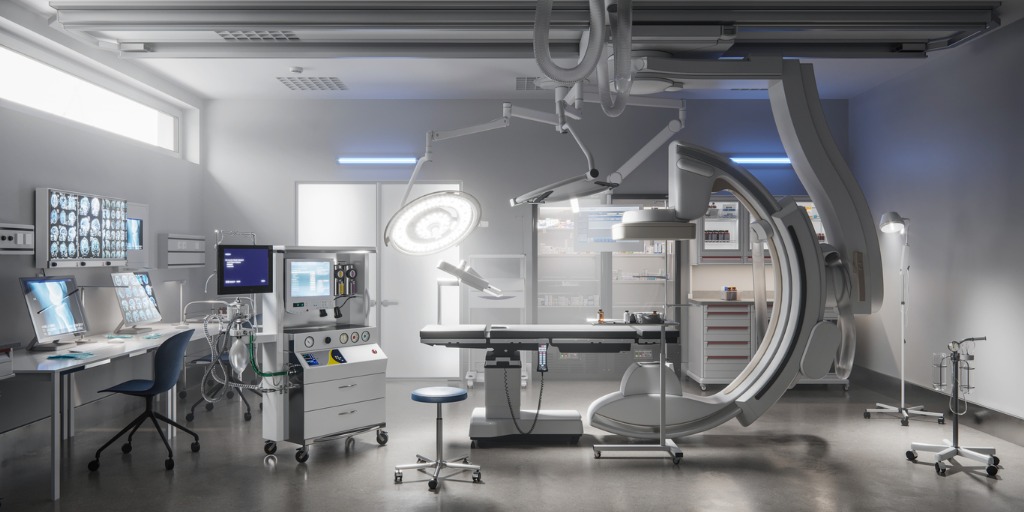How do medical device clinical trials work?

Like clinical trials for medications, devices must go through various testing processes before they can be approved for patients. Medical device trials, however, are typically smaller in scale and require fewer phases.
What is a medical device?
When you think of medical devices, complex instruments like a prosthetic hip replacement or surgical robot may come to mind. But even small, ubiquitous items such as bandages, gloves, and tongue depressors are also considered to be medical devices. The FDA defines a medical device as anything that treats a patient without medication, which can be as simple as a thermometer and as complex as a pacemaker.
What are medical device classes?
Because the definition of "medical device" is so broad in the eyes of the FDA, the agency divides devices into different classes. A device's class is correlated with the risk to the patient using the device and is based on the degree of control necessary to assure the various types of devices are safe and effective.
Class I devices are products like latex gloves, bandages, and other everyday items. For context, 47% of medical devices fall under this umbrella, and 95% are exempt from regulatory testing. When a device falls into a generic category of exempted Class I devices, a premarket notification application and FDA clearance are not required before marketing the device in the U.S. The manufacturer is, however, required to register their establishment and list their generic product with FDA. Examples of exempt devices include bedpans, mercury thermometers, and manual stethoscopes.
Class II devices include some pregnancy test kits, single-use scalpels, and powered wheelchairs. 43% of medical devices fall within this category. Since these devices pose a higher risk to patients, they require special controls.
Class III devices carry the highest risk for patients. Only about 10% of medical devices fall under this category. These devices usually sustain or support life or are implanted in the body. Pacemakers and breast implants are good examples of Class III devices.
How are new medical devices approved?
Class II and Class III devices go through a system similar to the drug clinical trial process, with a few key differences.
Drug clinical trials start with a Phase I trial that's generally conducted with healthy volunteers. This phase only tests the drug for safety, not for effectiveness. For medical device trials, it typically doesn't make sense to enroll healthy volunteers. Medical device trials also typically don’t use a placebo, for an array of ethical and practical reasons.
Instead, the medical device approval process begins with an Early Feasibility Study that enrolls 10 to 40 people. This stage determines preliminary safety and performance information in humans. If researchers determine the device is safe and effective in this stage, the device moves on to a Pivotal Study. This statistically driven phase enrolls hundreds of volunteers and measures safety and effectiveness. After that phase, the manufacturer may submit the device for FDA approval. A pivotal study usually directly precedes a marketing application.
Like drug trials, the device manufacturer may choose to conduct post-marketing research. These trials monitor long-term safety, effectiveness, and usage in the general population.
To learn more about the specifics of section 510(k) of the Food, Drug, and Cosmetic Act, Premarket Notifications (PMN), and Premarket Approval (PMA) applications, visit the FDA’s website.
Research needs volunteers to bring new treatment options to patients. If you're interested in taking part in a clinical trial, start your search by clicking the “Match me” button below!
Topics: For Patients

